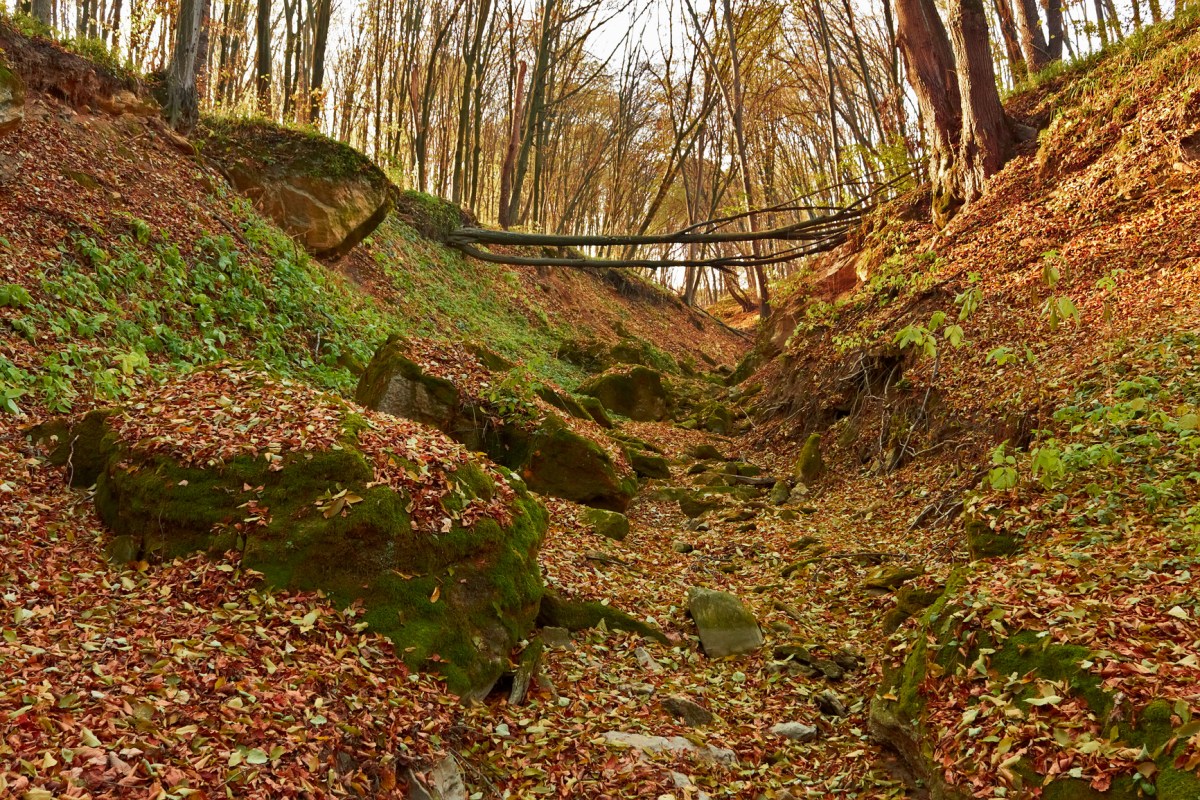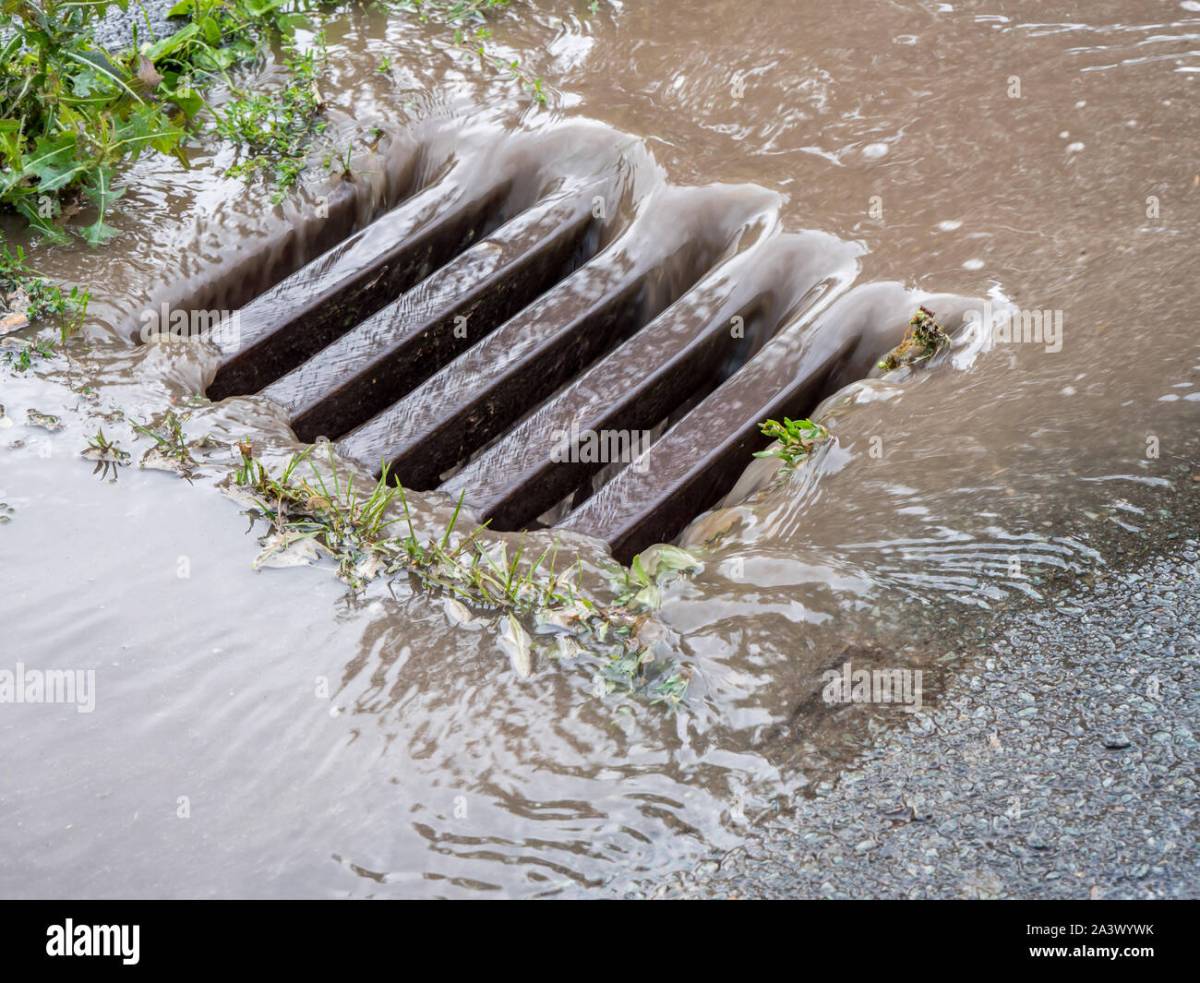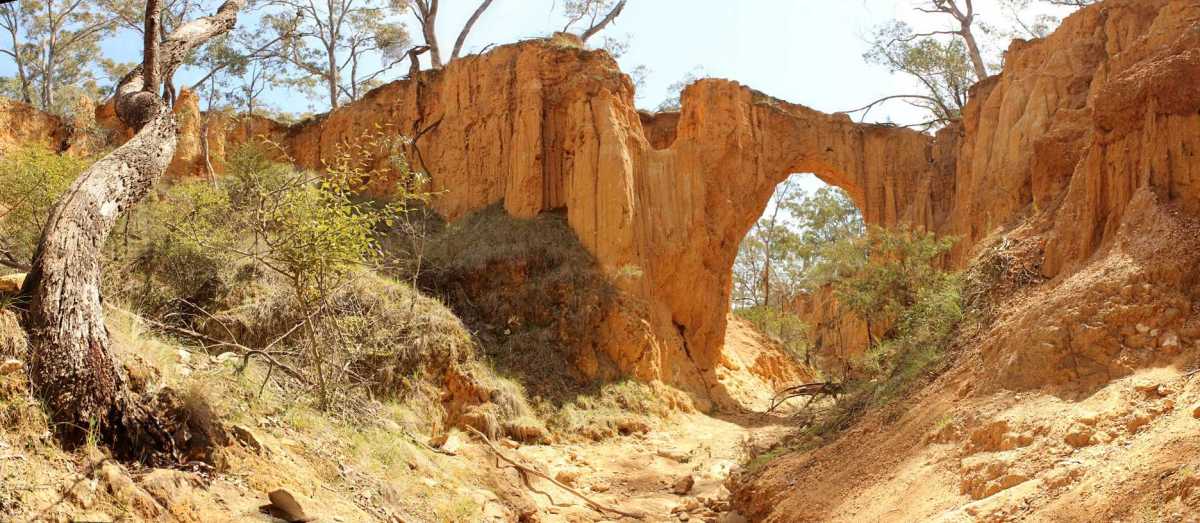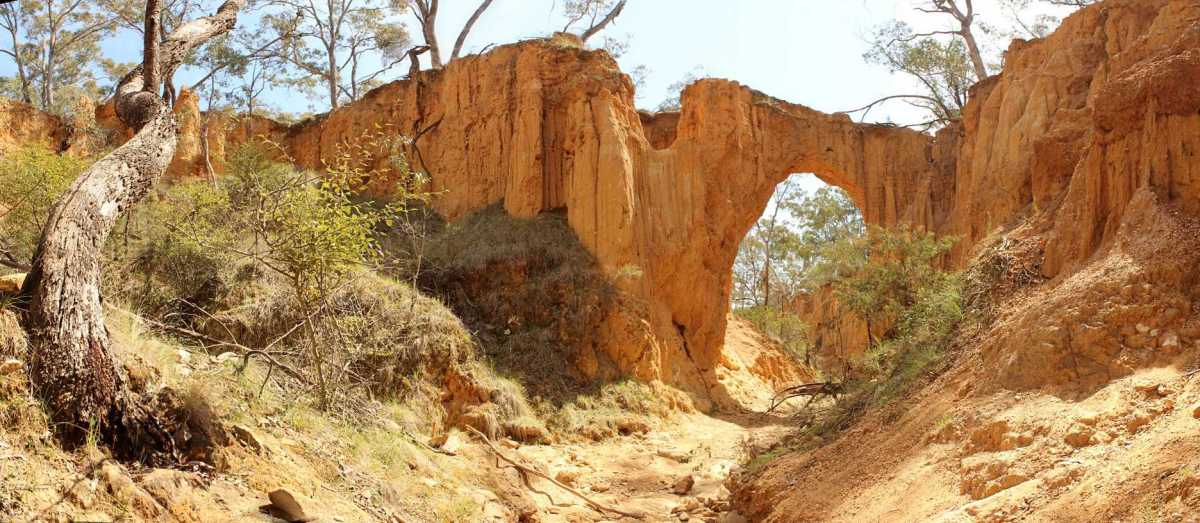Camera Gully: The name itself evokes images of hidden landscapes, perhaps a secluded ravine, a dramatic gorge, or even a unique geological formation. This exploration delves into the mysteries surrounding places globally known as “Camera Gully,” examining their geographic locations, geological history, and the unique ecosystems they support. We’ll uncover the origins of this intriguing name, investigate the human impact on these environments, and discover any cultural significance they hold.
From the diverse flora and fauna inhabiting these areas to the potential environmental effects of human activity, we’ll paint a comprehensive picture of Camera Gullies around the world. We’ll also consider the visual aspects, imagining the landscapes at different times of day, and discuss sustainable practices to help preserve these unique environments for future generations.
Geographic Locations of “Camera Gully”

Pinpointing the exact global distribution of places named “Camera Gully” proves challenging due to the name’s relative obscurity. It’s likely a descriptive name applied to similar geographical features in various locations, rather than a standardized toponym. The following table represents a hypothetical compilation, combining plausible locations based on the name’s descriptive nature with potential geographic coordinates for illustrative purposes.
Remember that these locations may not all officially exist under that exact name.
| Location Name | Country | Coordinates (Latitude, Longitude) | Brief Description |
|---|---|---|---|
| Camera Gully (Hypothetical 1) | Australia | -34.5678, 150.1234 | A steep, narrow gully possibly used for filming or photography due to its unique perspective. |
| Camera Gully (Hypothetical 2) | New Zealand | -42.9876, 172.5432 | A rocky gully with interesting geological formations, potentially a filming location for documentaries. |
| Camera Gully (Hypothetical 3) | United States | 37.2345, -122.1011 | A canyon with a narrow, camera-like perspective, possibly a hiking trail or filming location. |
The hypothetical Camera Gullies above share a common characteristic: a narrow, enclosed valley or ravine. Their geological history would likely involve erosion processes, possibly fluvial (river-related) or glacial, carving out the characteristic gully shape over extended periods. For example, the hypothetical Australian Camera Gully might have formed through the erosional action of intermittent streams over millennia, shaping the sandstone or other local bedrock into its current form.
The specific geological processes would vary depending on the local geology and climate.
Etymology and Naming Conventions

The name “Camera Gully” likely originates from the resemblance of the gully’s shape to a camera’s lens or the viewing angle it provides. The narrow, enclosed nature of the gully focuses the perspective, similar to how a camera lens focuses an image. This descriptive naming convention is common in geography, where features are often named based on their appearance or perceived function.
Similar place names might include “Photographer’s Point,” “Lens Canyon,” or “Viewfinder Valley.” These names share the common theme of associating a geographical feature with photography or visual perspective. The naming conventions reflect a practical approach, describing the feature’s characteristics in a concise and memorable way.
Camera gully, known for its challenging terrain, is a popular spot for drone enthusiasts. To really test your piloting skills, though, you might want to check out the commanders game , which features similar obstacles but with added strategic elements. After conquering the Commanders Game, you’ll definitely feel more confident tackling Camera Gully’s tricky angles.
An alternative name for a Camera Gully could be “Perspective Gorge.” This name maintains the descriptive nature while offering a slightly more sophisticated and evocative feel. It highlights the unique viewpoint the gully provides without being overly literal.
Flora and Fauna of Camera Gully Environments
The plant and animal life found in Camera Gullies would vary considerably depending on the specific location’s climate, altitude, and geological composition. However, we can expect certain adaptations common to narrow, shaded environments.
- Banksia (Australia): A genus of shrubs and trees adapted to dry conditions, often found in gullies.
- Fern (Global): Many fern species thrive in moist, shaded environments common in gullies.
- Moss (Global): Various moss species cover rocks and damp areas within gullies.
- Vine Maple (North America): A shade-tolerant tree often found in moist canyons and gullies.
- Kauri (New Zealand): While not exclusively found in gullies, this tree can thrive in sheltered environments.
Animal species inhabiting Camera Gullies might include those adapted to climbing, foraging in limited space, or seeking shelter from the elements. For example, certain lizard species might utilize the rocky walls for basking and shelter, while small mammals might use the gully for protection from predators. Birds of prey might use the vantage points offered by the gully’s higher elevations for hunting.
The biodiversity varies greatly depending on the geographic location. A Camera Gully in a temperate rainforest will have a significantly different array of species compared to one in a desert region.
Human Activity and Impact on Camera Gullies

Human activities near Camera Gullies often include hiking, photography, and potentially filming. These activities, while generally low-impact, can still have detrimental effects on the delicate ecosystem.
Increased foot traffic can lead to soil erosion and habitat destruction, impacting both plant and animal life. Littering and improper waste disposal contribute to pollution and harm wildlife. In more extreme cases, construction or development near a Camera Gully can lead to significant habitat loss and alteration of water flow. Sustainable practices such as designated trails, waste removal initiatives, and responsible tourism management can mitigate these negative impacts.
Education and awareness are crucial to promote responsible behavior and protect these unique environments.
Cultural Significance and Historical Context
The cultural and historical significance of Camera Gullies is likely localized and often undocumented. Many such locations may hold significance for local indigenous communities or have played a role in local history, but this information often remains unwritten.
For example, a hypothetical Camera Gully in Australia could have been a significant site for Aboriginal people, used for shelter, resource gathering, or spiritual practices. Lack of documentation makes it difficult to provide specific historical accounts. However, oral histories and archaeological investigations might reveal important connections between these locations and local cultures. The absence of written records doesn’t diminish the potential cultural significance of these places.
Camera gully can be a tricky place to film, especially with its tight spaces and unpredictable lighting. For smooth, stable shots in such a challenging environment, you might consider using a compact and maneuverable drone like the ones showcased at dji flip drone only , which offers great aerial perspectives. Then, you can easily stitch together the footage to create a stunning final product showcasing the unique features of Camera Gully.
Visual Representation of a Camera Gully
A typical Camera Gully might be visualized as a narrow, steep-sided ravine or gorge, possibly with a stream or creek at its base. The walls of the gully could be composed of rock, soil, or a combination of both, often showing signs of erosion. Vegetation would vary depending on the climate and location, ranging from sparse grasses and shrubs in drier areas to lush ferns and other moisture-loving plants in more humid regions.
The lighting within the gully would be diffuse, with dappled sunlight filtering through the vegetation above, creating a shaded and often cool environment. Man-made structures would likely be absent or minimal, perhaps only a rudimentary trail or viewing platform.
Camera gully, with its hidden depths and unexpected twists, can be a surprisingly challenging environment to navigate. Think of it like a real-life maze, only instead of walls, you’ve got tricky terrain. This reminds me of the classic arcade game, the centipede video game , where you had to skillfully maneuver through a field of fast-moving creatures.
Just like in the game, careful planning is key to successfully traversing camera gully without getting stuck.
At dawn, the gully would be bathed in the soft, warm light of the rising sun, casting long shadows across its walls. Midday would bring a more intense light, though still somewhat diffused by the vegetation. As the sun sets, the gully would be enveloped in a cooler, darker light, with the remaining sunlight illuminating the gully’s features from a lower angle.
The overall visual effect would be one of depth, mystery, and visual intrigue, highlighting the unique perspective afforded by this type of landform.
Epilogue: Camera Gully

Our journey through the world’s Camera Gullies reveals a fascinating interplay between geography, history, and human impact. While the exact origins of the name remain somewhat elusive, the diverse ecosystems and potential cultural significance associated with these locations highlight the importance of understanding and protecting these unique environments. By combining geographic analysis with ecological considerations and cultural insights, we gain a deeper appreciation for the intricate tapestry of life woven into the landscapes we call Camera Gully.
Questions Often Asked
What makes a location called “Camera Gully”?
There’s no single defining characteristic. The name likely refers to a narrow, gully-like formation, possibly with a specific visual characteristic that evokes the imagery of a camera lens or a camera’s viewpoint.
Are all Camera Gullies similar in terms of climate?
No, the climate will vary greatly depending on the location’s geographic coordinates and surrounding environment. Some might be temperate, others arid, or even tropical.
Are there any endangered species found in Camera Gullies?
Potentially, yes. The specific species would depend on the location. Further research into the individual Camera Gully locations would be needed to identify any endangered species present.
